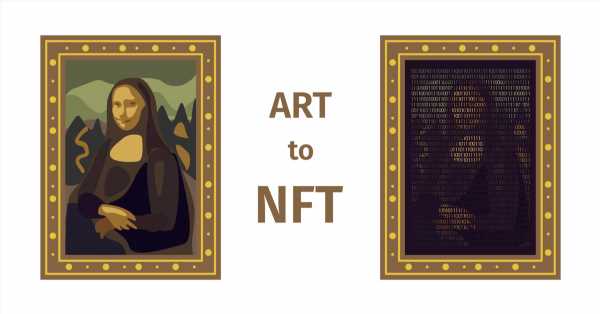Non-Fungible tokens. The concept wouldn’t have rung any bells for most people just over a year ago, and yet, in 2021, NFTs broke out of infancy to become one of the hottest tech trends. On November 24, Collins Dictionary even named NFT its “Word of the Year”. Rightfully so, because the NFT trading volume hit $10.7 billion during the third quarter of 2021.
NFTs, or non-fungible tokens, use a digital ledger to provide a public certificate of authenticity or proof of ownership, but do not restrict the sharing or copying of the underlying digital files, such as photos, videos, and audio. So, while everyone on the internet can see, use, download and share your piece of art, the ownership is uniquely yours.
The 2021 NFT craze was mostly around collectibles such as digital art, but later on in the year also started focussing on games, music, film and even internet memes.
Although the NFTs surge is still fairly recent, but the first known “NFT”, a video clip, is in fact not so new. It was created by Kevin McCoy and Anil Dash in May 2014, and was made by McCoy’s wife Jennifer. McCoy registered the video on the Namecoin blockchain and sold it to Dash for $4. This is how the first non-fungible, tradable blockchain marker was linked to a unique work of art.
NFTs exploded in popularity in 2021, after Mike Winkelmann, who is professionally know by the name Beeple, created a collage of 5000 digital images for his Everydays series. Its NFT was sold for $69.3 million at Christie’s in 2021. It was the most expensive NFT ever, and also among the most expensive works by a living artist. After this, others, inspired as they were, instantly started to create, collect and trade NFTs for millions of dollars themselves, some with the hopes to profit in the future.
But are NFTs a good future investment, and what is the importance of this new concept of ownership?
Experts suggest you should only buy an NFT because you want to own it, because you enjoy the art, not because you want to get in on the hype. As this might be true for all forms of art, the NFT ownership itself might be where it becomes interesting.
We have seen that it is quite easy to fake certificates of authenticity or to replicate art. In the past we noticed that paintings, with the exact size and composition, and even of the hand of the same famous artist, sold for completely different prices depending on their provenance and certificate of authentication, which may have been existing for one, and not for another. NFT provides indestructible proof of ownership along with a tracked history that will last for as long as the digital world will exist.
It makes total sense that in the future every painting, both digital and physical, will have a NFT attached to it. The future of NFTs is therefore inevitable and its importance will only strengthen with time.
Source: Read Full Article
